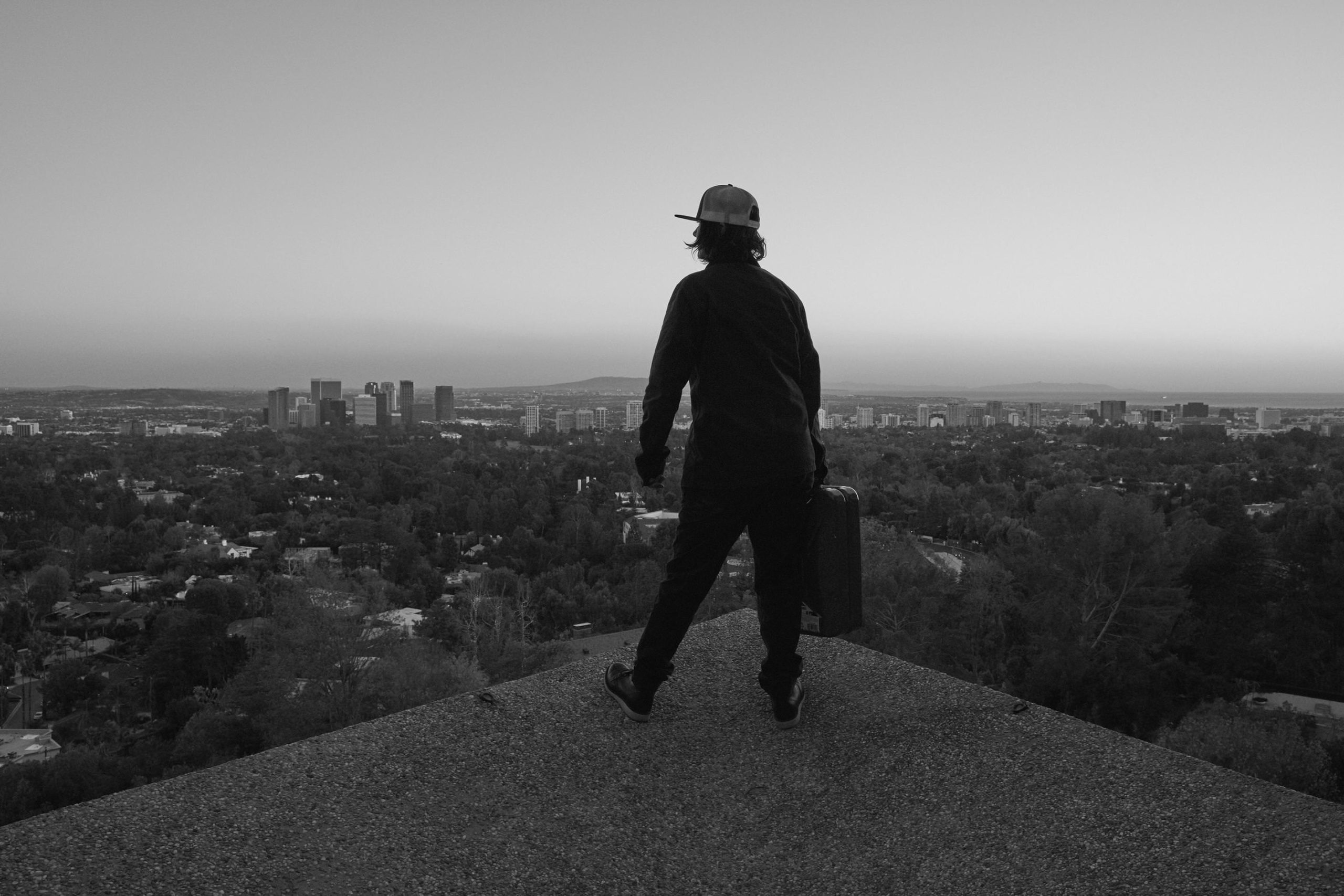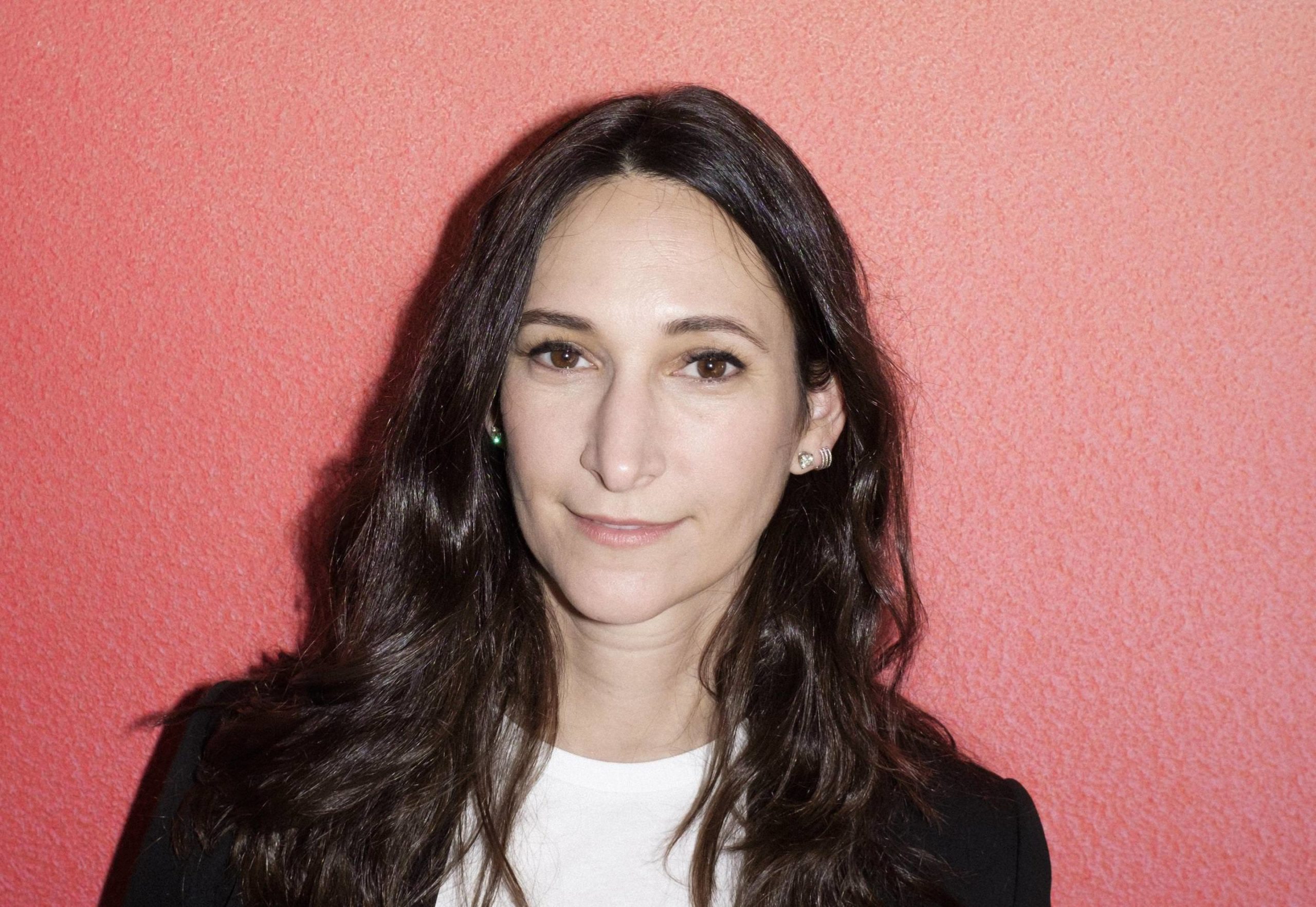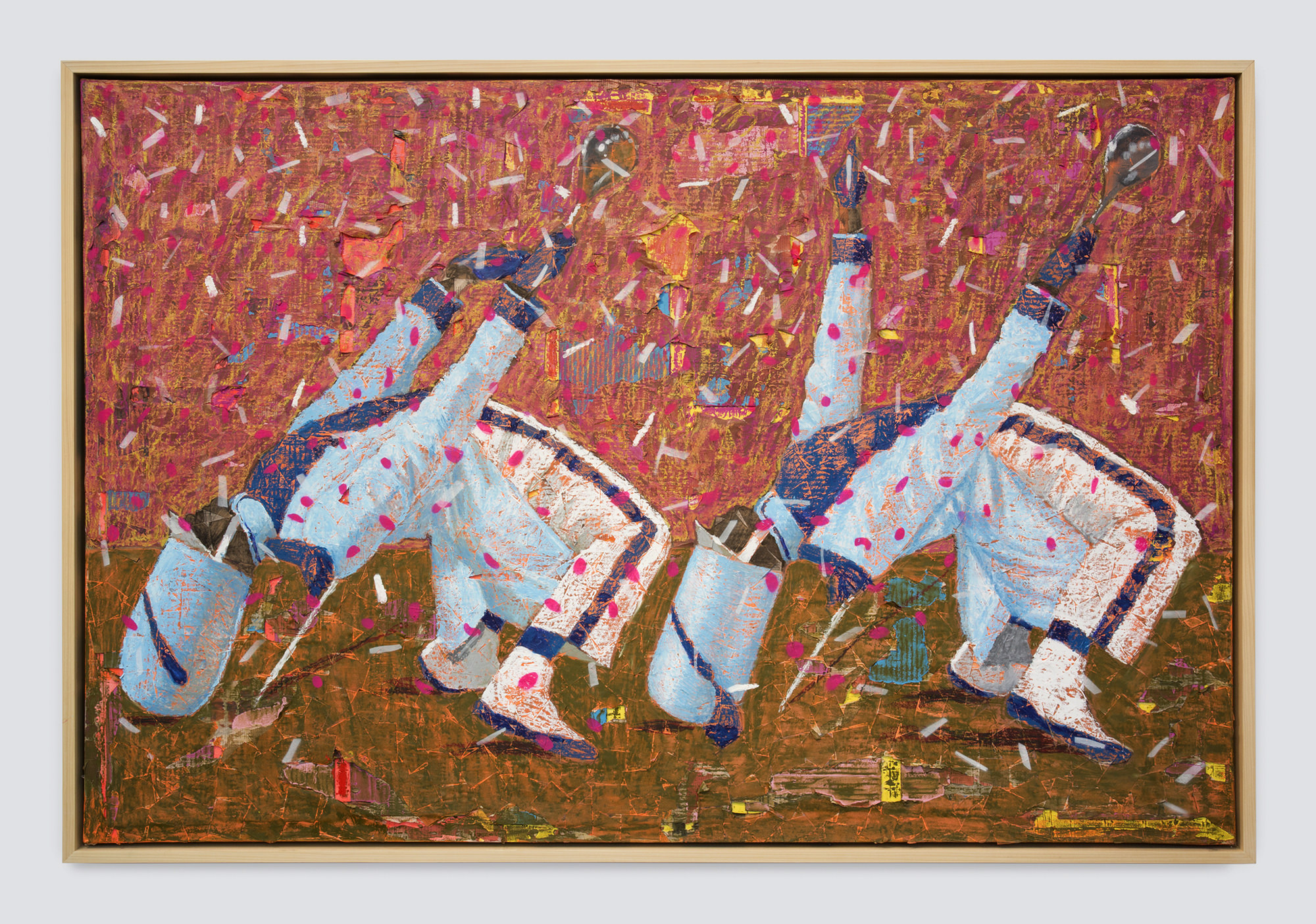Stanley Kubrick is the first US retrospective for the iconic filmmaker presented by the Los Angeles County Museum of Art (LACMA) and the Academy of Motion Picture Arts and Sciences (The Academy) running through June 30, 2013.
This impressive and diverse show contains a loose chronology of Kubrick’s work with over 600 curated pieces including: photography, lenses, cameras, equipment, film posters, costumes, set models, annotated scripts, props, and other archival material.
The exhibition explores the technological innovations developed by Kubrick and his team from an altered NASA lens used to shoot by candlelight in Barry Lyndon to the front projection effect in 2001: A Space Odyssey. It also looks at unrealized projects such as the large-scale, biopic Napoleon and the Holocaust-themed The Aryan Papers.
Back by popular demand, there will be encore screenings this spring from Kubrick’s acclaimed repertoire of films.
There is also a free app containing many of the posters, photographs, scripts and handwritten notes from the exhibition. It includes an interactive timeline of the filmmaker’s career, audio excerpts of a rare 1965 Kubrick interview and original video interviews about his legacy.
The Academy’s satellite exhibition, Stanley Kubrick: The Ultimate Trip, will be on view through March 3, 2013 in its Grand Lobby Gallery.
Stanley Kubrick was born in 1928 in New York City. In 1945, at the age of 16, Kubrick had his first photograph published in Look magazine. As a staff photographer at Look from 1946 to 1951, Kubrick took on a range of assignments, photographing both celebrity subjects and urban documentaries. He made is his first film short, Day of the Fight, in 1951; after directing two more shorts, Kubrick directed and produced his first feature-length film, Fear and Desire, in 1953. Since then, Kubrick followed with such films as Paths of Glory, Spartacus, Lolita, Dr. Strangelove or: How I Learned to Stop Worrying and Love the Bomb, 2001: A Space Odyssey, A Clockwork Orange, Barry Lyndon, The Shining, Full Metal Jacket, and Eyes Wide Shut. A pioneer in special effects and technological advances, Kubrick’s films often included the use of new photographic lenses, long tracking sequences, and orchestral music. With thirteen Academy Award nominations, Kubrick won the Oscar for Best Effects for 2001: A Space Odyssey in 1969. Kubrick died in Harpenden, England, on March 7, 1999, at the age of 70.









